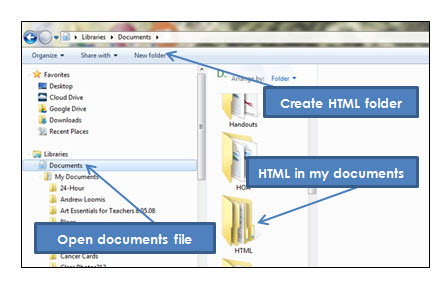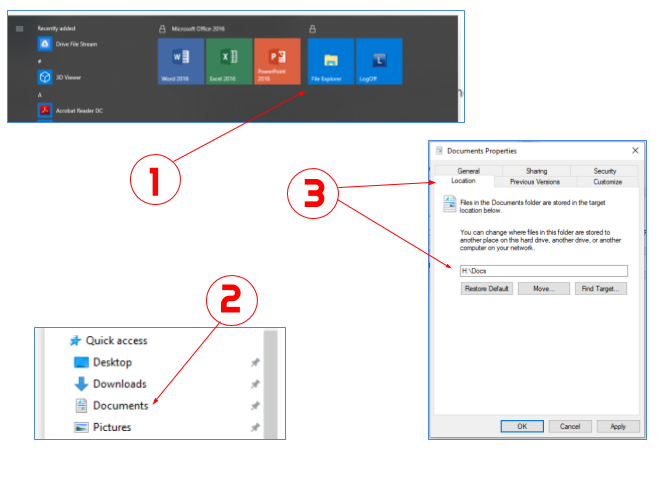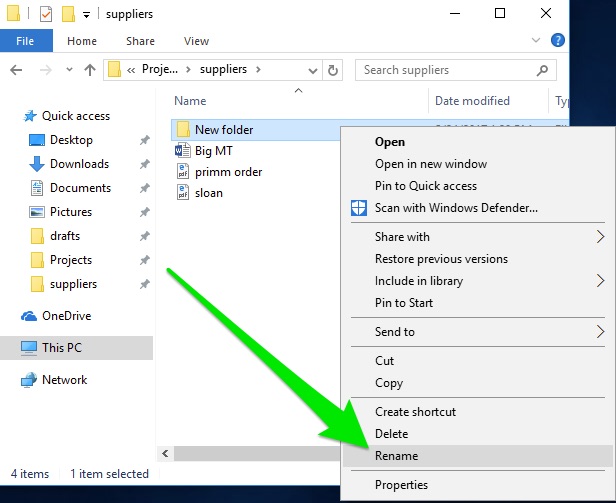
"Working," "final," and "archive" subfoldersįor this example, let’s assume the top-level folders have already been organized by year then project type. Here are some strategies I’ve used in the past: 1. Once you’ve worked out your top-level folder, it’s time to organize your subfolders. Do you want to simply make a new folder for every new project? Or perhaps you could organize by time, with folders and subfolders for each year and month? Maybe you work on a couple different types of projects, and could organize based on those types (e.g., copywriters might work on advertisements, blogs, emails, and landing pages, while graphic designers may divide tasks by medium, like print or digital)? The first step to building an effective folder structure is figuring out your top-level folder. There’s no shame in saving a flow chart for quick reference.Ĥ Effective Folder Structures to Organize Files Make a cheat sheet: It’s OK if you don’t have every single folder memorized. Keep folders unique: Make sure there’s no overlap in what goes into your folders (e.g., there shouldn’t be two places you’re keeping invoices for the same project). Think of folder names as keywords: Keep in mind that you can search for files using folder names the more specific, the more quickly you’ll find what you’re looking for. Or, even better: save yourself from the hassle of manually re-creating your structure over and over again by setting up a Zap to do it for you.

Here are some tips from digital asset management expert Edward Smith:Ĭreate a template: Copy and paste it every time you start a new project or task. There’s no file management silver bullet, but there are a few tricks to help your file structure be successful. If you want to maintain your folder structure long-term, you’ll want to make sure everyone understands (and hopefully likes!) the system. For company projects, pick something that works well for everyone in the team, since everyone may not search for a file or folder in the same way you do. If your method of organization is tedious, it’s going to be tough for the rest of your team to follow along. Or do you work around projects? Consider new folders for each project.īrowsing through your folders and finding files should be intuitive. Do you plan important tasks by quarter? A new folder for each quarter's work might be good. If you liked my response, please consider giving it a thumbs up.The best folder structure is the one that mimics the way you work. Answered questions helps users in the future who may have the same issue or question quickly find a resolution via search. If this reply has answered your question or solved your issue, please mark this question as answered.

#How do i create a folder in documents free#
If you hit any snags with your Flow along the way, please feel free to create new posts with expanded screenshots of your Flow and steps, and of any detailed error messages you're receiving we could likely better assist you.
#How do i create a folder in documents full#
Templates are great for learning and/or using as inspiration, but they are more "cookie cutter" and rarely show the full power and capabilities of Flow. Copy files from one location to another location in SharePoint.Copy newly added files from a SharePoint library to OneDrive.I'd suggest browsing through the existing templates to start at the baseline (or to learn from), and then add to it to get the full functionality you require. Then you'd call the date to create your Folder as you copy the files to it. For the folder create, you'd first use the Current time action to grab the curent date/time: Automate a business process using Microsoft FlowĪs far as your Flow is concerned, since you want it to occur every Friday, you would use the Schedule a Flow feature.Build more complex flows with Microsoft Flow.Microsoft provides free online training tracks for new Flow users, I strongly suggest making your way through them if you're serious about Flow:

Videos, advice, links, templates, or instructions that you could give me, would be greatly appreciated.


 0 kommentar(er)
0 kommentar(er)
